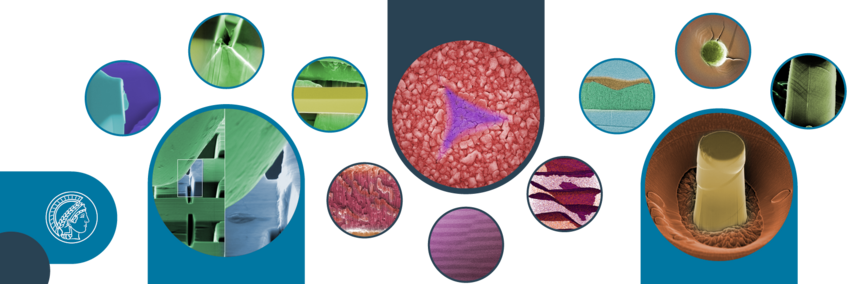Despite the immanent advantages of metals and alloys processed by additive manufacturing (e.g. design freedom for complex geometry) and unexpected merits (e.g. superior mechanical performance) of AM processes, there are several remaining issues that need to be addressed in order to practically apply AM alloys to various industries. One of the most important issues is the mechanical behavior of AM alloys under hydrogen environments, since it is easily encountered in the industrial fields and has generally detrimental effects on metals and alloys.


